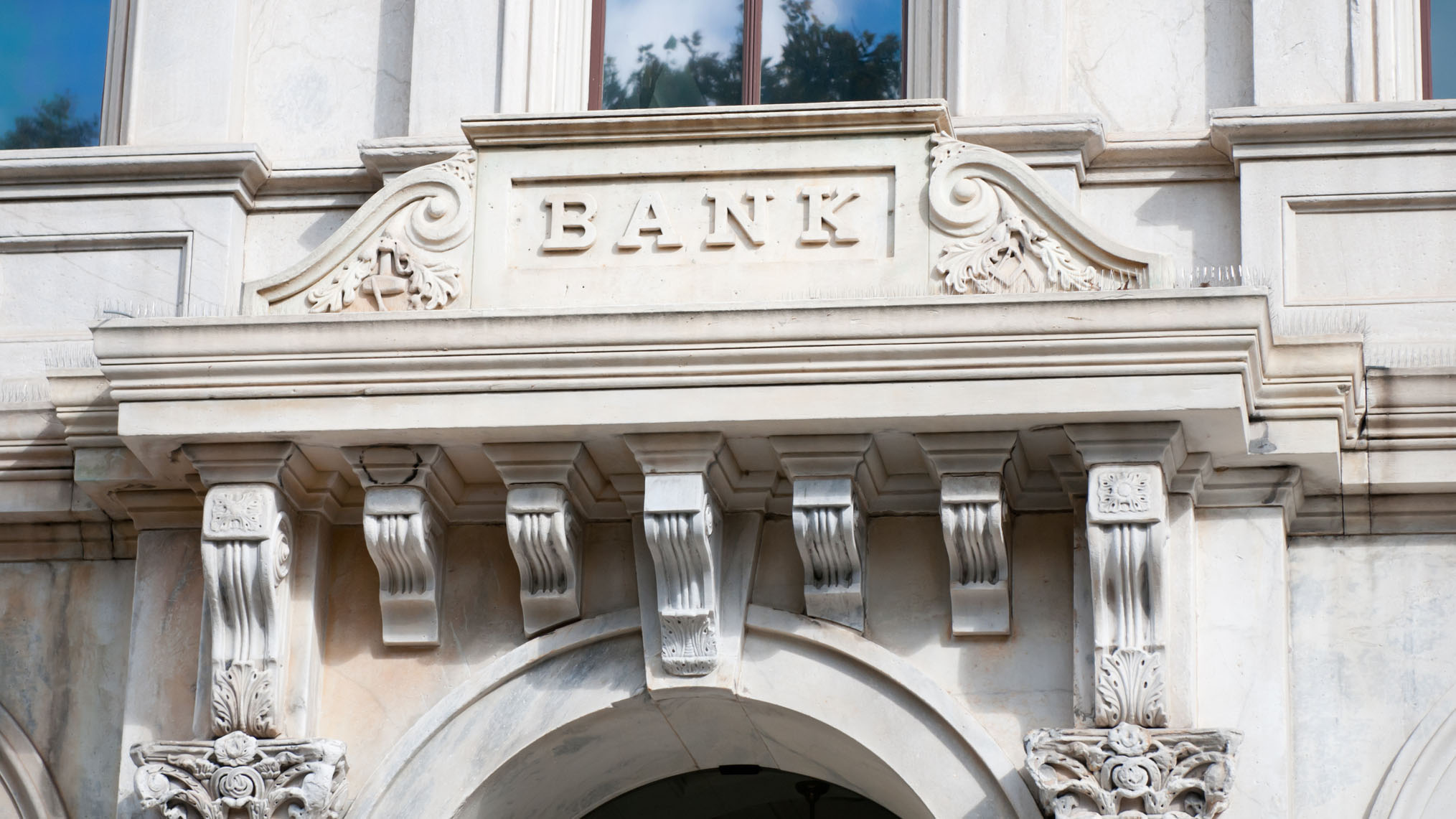
As digitalisation forces branch closures and online services become more personalised, banks could still retain in-person services through hybrid models, according to Temenos report.
The Covid-19 pandemic may not lead to the end of physical bank branches as many observers have predicted, but the end of the ‘branch-based model’ as digital services become more personalised and brick-and-mortar operations morph into boutiques or kiosks, according to a report by banking software firm Temenos.
The firm commissioned the Economist Intelligence Unit (EIU) to conduct a survey of 305 global banking executives in February and March this year, and while almost two-thirds (65%) of respondents said they expected the current branch-based model to become redundant over the next five years, four-fifths (81%) said they expected banks to doubled down on “customer experience rather than products” over the same period.
“Digitisation has focused on moving interactions from assisted channels to self-service automated channels to cut costs,” says Kanika Hope, chief strategy officer at Temenos. “But now there is a focus on re-injecting intimacy into some of those interactions.”
The fallout from the pandemic has led banks to evaluate their entire product portfolio and how digitisation fits into the customer journey, Ms Hope claims, adding that there is an increasing focus on providing customers with a “holistic experience” via multiplicity of channels, some of which are assisted and some of which are not assisted.
According to a recent survey conducted for The Banker by consumer research platform Attest, there remains a significant body of bank customers for whom face-to-face relationships remain important. “Human interaction is still needed,” Ms Hope says.
The problem is that a traditional bank branch in the UK costs at least £500,000 to run annually, according to Ms Hope. “It’s an expensive channel and because footfall has been reduced to zero during the pandemic, banks have been forced to consider whether they are economically viable,” she says.
“But many older people rely on bank branches so there is a demographic that is going to require a solution over the medium term.”
Personalised services
The solution could involve banks creating a hybrid model offering self-service digital channels and assisted remote and in-person human channels; a few lower-cost branches focused on niches could be maintained as part of this model, the report suggests.
“Banks will need to develop a digital experience providing the same sense of intimacy that branches previously provided, perhaps by offering multiple touchpoints via different channels, such as being able to integrate a video call with an agent alongside a chatbot on the mobile app,” Ms Hope says.
“Many older people are still going to want someone to hold their hand in areas such as retirement planning or mortgages. But if a bank is able to provide a digital experience that allows them to interact personally with a relationship manager, then they may start to feel comfortable,” she says, adding the option of going to a branch for in-person services may still be available, although customers will have to travel further to get there.
How the branch develops is yet to be seen, but it could involve banks sharing cross-industry retail spaces or being part of larger outlet with multiple booths
The bank branch could evolve into a network of fewer outlets focused on complex advice and personalised interactions, with less focus on transactions, according to the report, perhaps involving co-branding or working with other businesses.
Almost half of respondents (47%) in the EIU survey said they expect their bank to evolve into ‘ecosystems’ over the next two years, which will involve partnering with banking and non-banking third parties.
“We do not have a crystal ball, but we know change is on the way,” Ms Hope says. “How the branch develops is yet to be seen, but it could involve banks sharing cross-industry retail spaces or being part of larger outlet with multiple banks lined up in various booths.”
“A more experiential boutique-style outlet offering walk-in customers cups of coffee and other inducements could become part of the customer journey in its own right,” she adds.
“Our research does not point to the end of the bank branch — but rather the end of the bank branch as we know it.”


